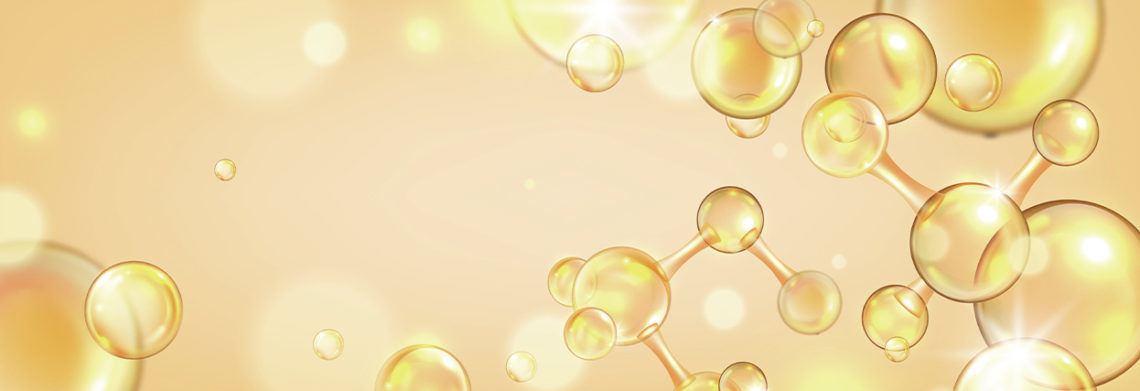Subscribe to our newsletter
Receive news and benefits on health and wellness.

SHA Magazine Health & Beauty
Glycine is the perfect amino acid: it reduces fatigue, promotes sleep, regenerates the joints and prevents pain. Even if its structure makes it the simplest of our amino acids, it is a real antidote of ageing.
Its function is essential for maintaining the retina in good health. Likewise, it is necessary for the synthesis of numerous organic compounds, such as phospholipids, elastin, creatinine, purines and glutathione. It is essential for tissue regeneration and, specifically, for the formation of the collagen which makes joint cartilage more flexible.
Glycine contains nitrogen. It has no electrical charge and its name was derived from its sweet taste. The body itself can build glycine. This is why it is not classified as an essential amino acid, but as a conditionally essential amino acid. However, more and more studies are questioning the fact that it is not on the list of officially essential amino acids.
Our body’s cells can synthesise glycine from its precursor, serine, but only to a limited extent, so it is recommended to ensure its supply through a balanced diet.
In situations of stress, advanced age, menopause and high physical activity, glycine supplementation can be recommended. Originally, this amino acid was discovered in the bone marrow of animals, but today it is obtained by laboratory chemical reactions, and so the majority of the supplements are vegan.
Among its many functions in the body is its use as a neurotransmitter capable of inhibiting the central nervous system, thereby inducing relaxation, reducing fatigue and promoting sleep. Glycine also increases insulin sensitivity and improves memory.
Fatigue, trouble with falling asleep, or muscle and joint pain may indicate a glycine deficiency. In the long term, glycine deficiency is linked to osteoarthritis, obesity and diabetes. A glycine shortage is also associated with poor digestion due to the lack of bile acids and also with premature ageing.
Glycine helps falling asleep, contributes to a deeper, more restorative sleep and increases the feeling of restfulness. This is due to its action as an inhibitory neurotransmitter that reduces neuron excitability and produces an anaesthetic and sedative effect.
Thanks to its high concentration in collagen – with one third of glycine present in joints, bones, tendons, blood capillaries, hair and skin – it is useful in the prevention and alleviation of osteoporosis and osteoarthritis. Many diseases of the musculoskeletal system and joints improve with the use of glycine supplements, as it has a regenerating action on cartilage and the tissues. Athletes consume it in supplements, since it provides an energy boost, strengthens and builds muscle mass, and prevents injuries.
A balanced diet will provide about 3 grams of glycine per day; however, scientific evidence suggests that the ideal daily dose would be between 10 and 12 grams per day. Vegans and older people may need supplementation.
Glycine can be found in gelatine of animal origin and in high-quality proteins, including hemp seeds, peas and soya. Legumes, mushrooms, nuts, oilseeds and whole grains, such as buckwheat, also provide glycine.
If glycine is obtained through supplements, it is not recommended to exceed 10 grams per day. For people suffering from osteoarthritis and osteoporosis 5 grams in the morning and 5 grams in the evening are recommended. For insomnia glycine is taken before going to bed, in doses of 3 to 5 grams. It is not recommended to take it with caffeine.
Receive news and benefits on health and wellness.
